Perspectives that help us move visionary leaders from idea to impact.
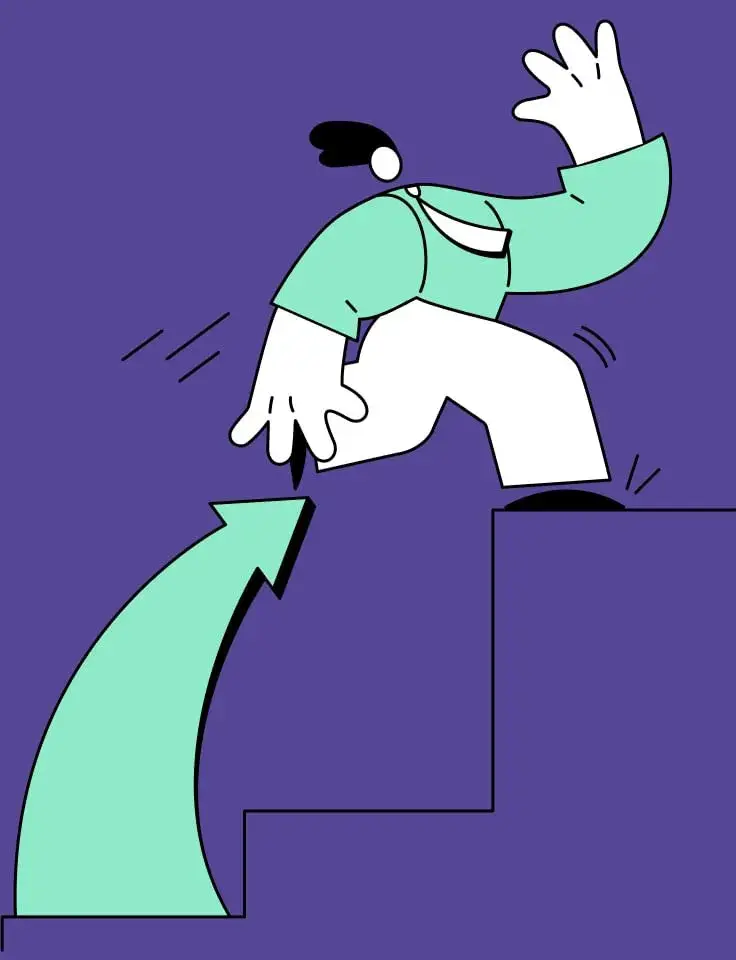
The Transformation Agenda
ACTIVATING EMOTION TO DRIVE BUSINESS.
At Emotive Brand, we don’t treat transformation like a branding exercise. We treat it like a business imperative—a full-body recalibration of what a company believes, how it behaves, and where it’s headed.
Growth & Impact
Brands That Move People Will Own the Market in 2025
AI, Tech & B2B
To AI Builders & Brand Leaders Vibe Code Is the Real Moat
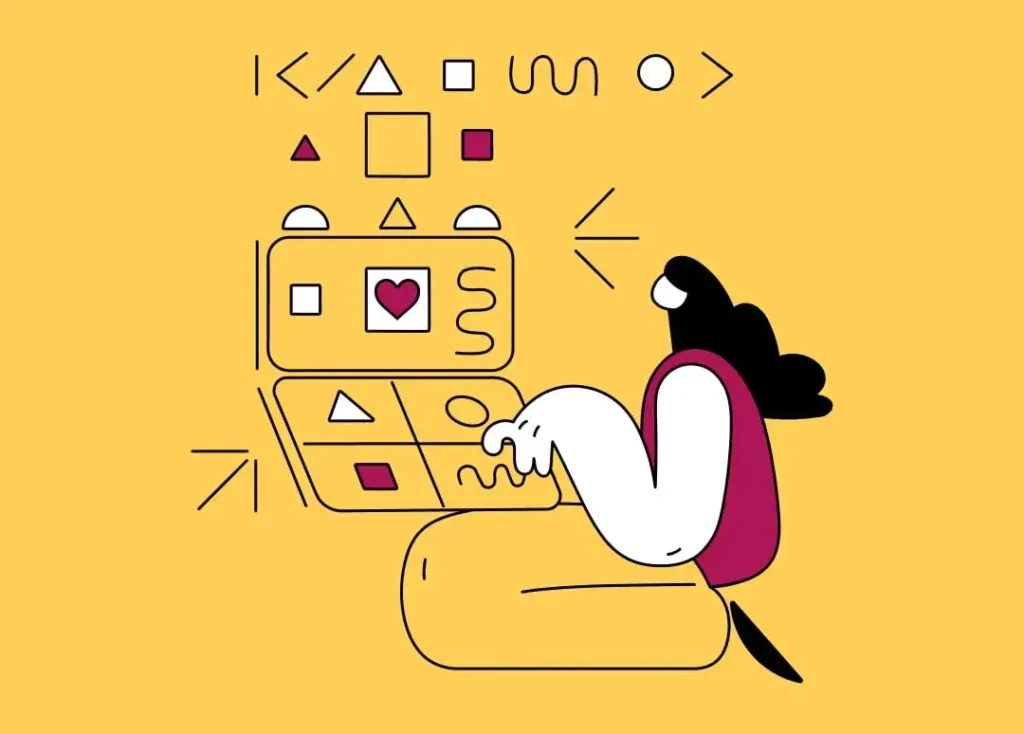
Leadership
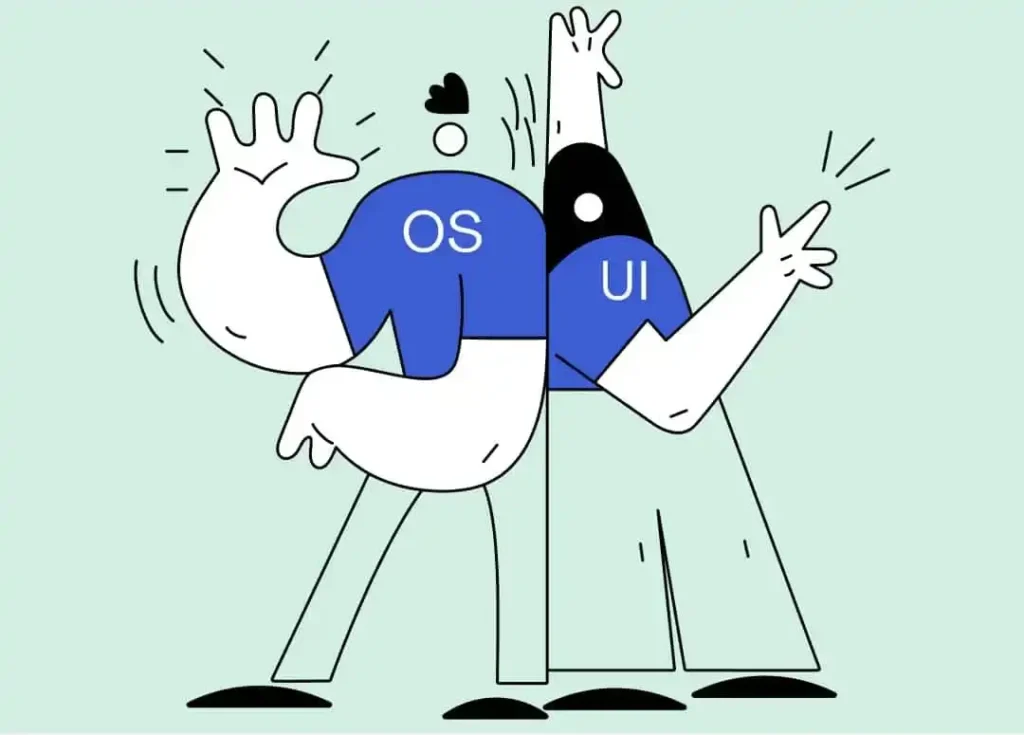
Culture Is The OS. Brand Is The UI.
Emotional Acceleration
Where Emotion is the Strategy for Change
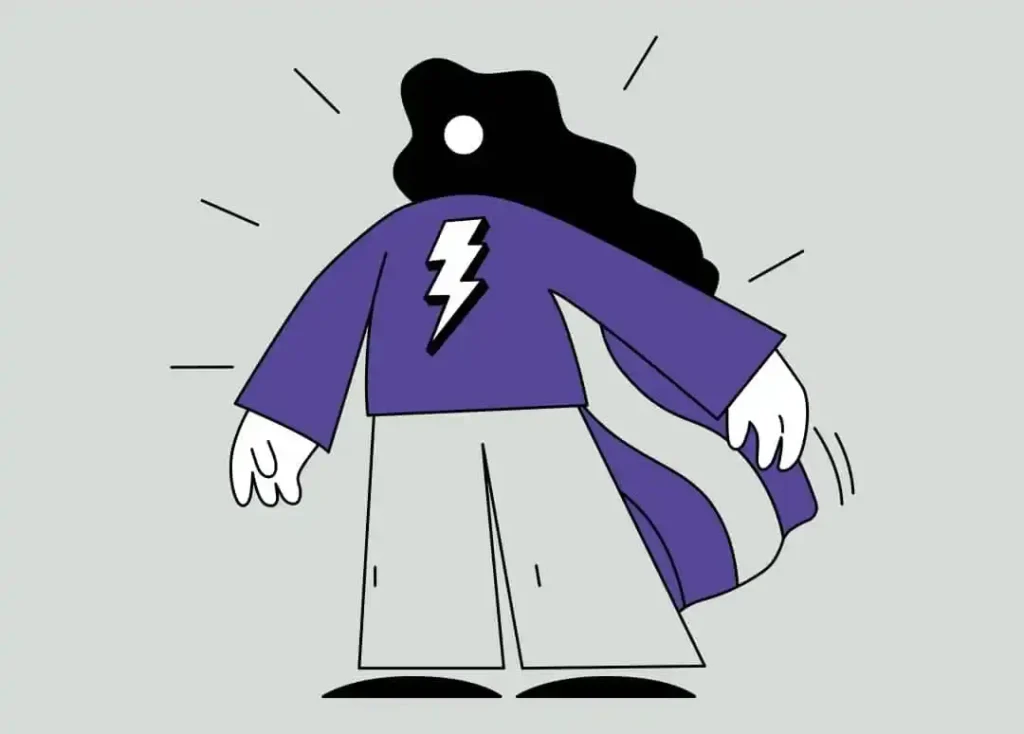
White Paper
The Transformation Agenda for Visionary Leaders: From Ambition to Impact
Download
Brand Transformation
You Can’t Go Private with a Public Culture
Brand Transformation

Why Most Transformation Efforts Fail Before They StartThe Belief Gap
Emotional Acceleration
5 Brands That Embrace Emotion
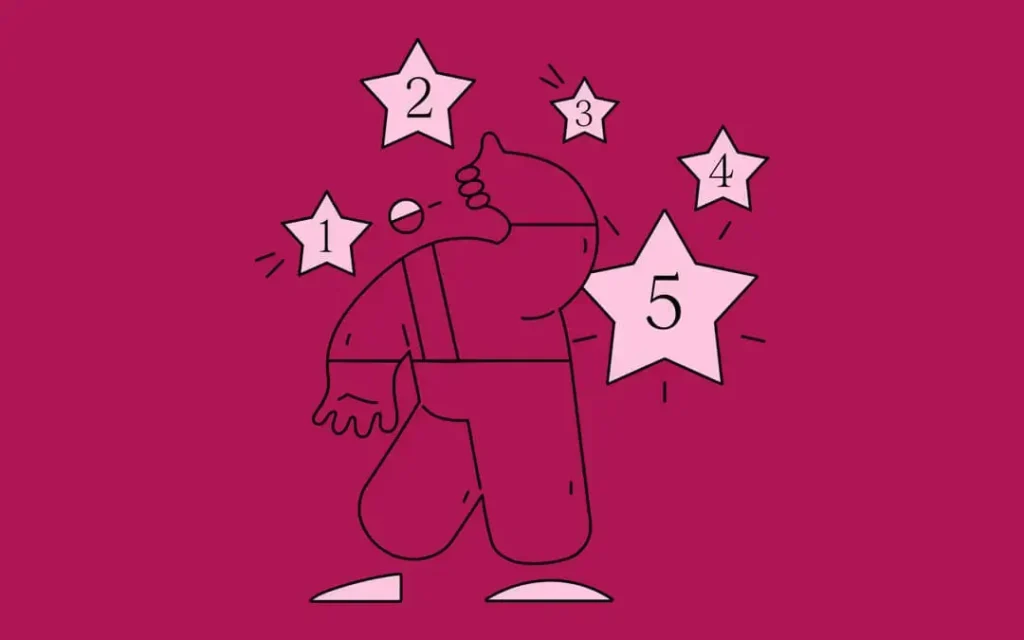
White Paper
The Unstoppable Rise of Emotion
Download
Brand Transformation
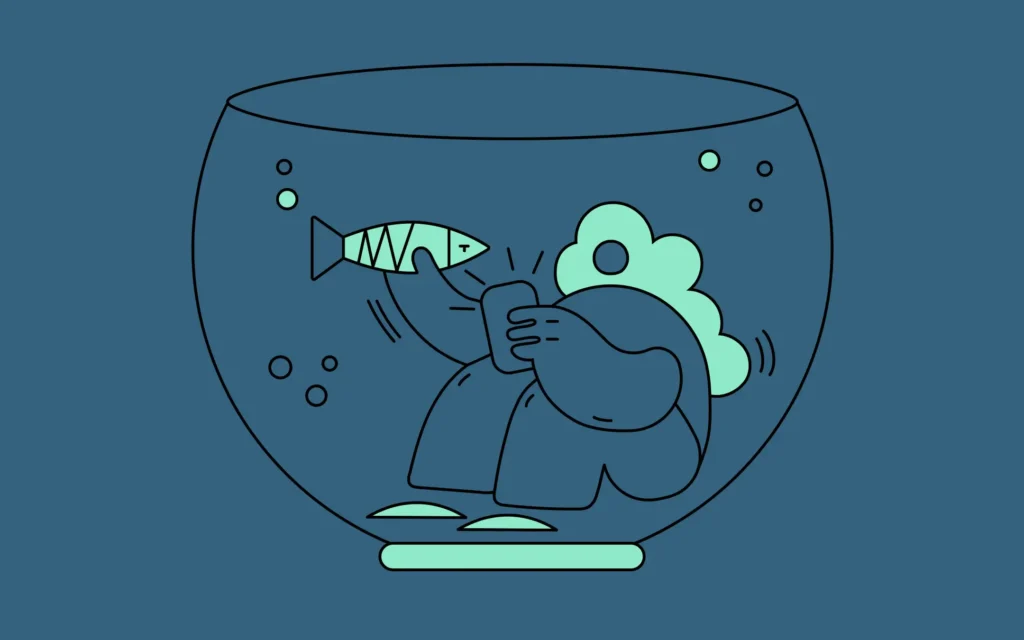
Your VisionA Fish Bowl or a Great Lake?
AI, Tech & B2B
Even in CybersecurityEmotion Makes Ambition Real

Brand Transformation
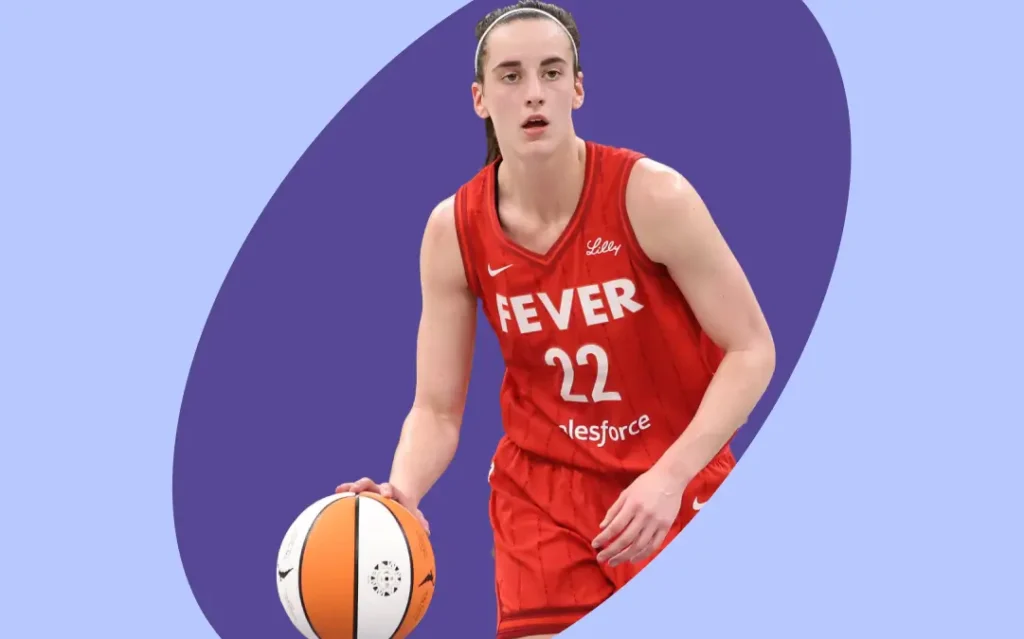
Transforming the WNBA and the CultureThe Power of Belief
Load More



